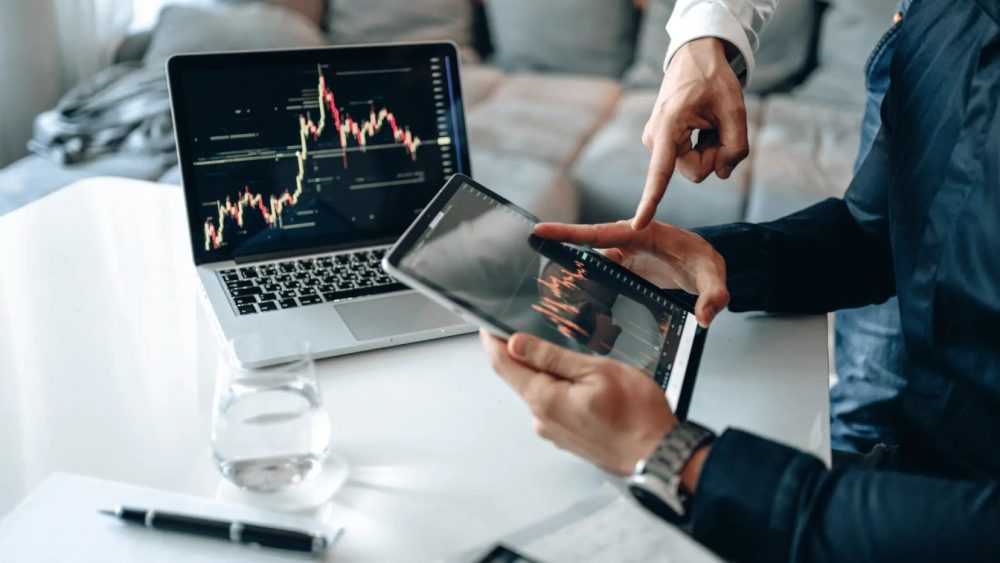Institutional traders work following set procedures, often creating big changes in the market. A key skill for them is to recognize liquidity zones, since this is where a big group of orders comes together and the price is likely to change. Such zones are where traders both enter and exit positions, and they usually line up with regions where there is consolidation, a breakout or a switch in direction. It is absolutely crucial for professionals handling large positions in the Dutch market to know in advance where these zones are. For this reason, TradingView charts become a valuable advantage.
Liquidity zones are not as visible as other indicators in the market. They are found by analyzing changes in the price, jumps in volume and old reaction points. When the price stays within a certain price range for a while, big traders notice that as an indication of people either accumulating or distributing the asset. At these levels, they plan how to enter discreetly or send stop runs to arrange conditions they prefer. It gets simpler to see these intentions when you have custom plots, can record, replay, and check volume levels.
Institutions and their analysts usually use volume profile indicators, heatmaps and multi-timeframe analysis on TradingView charts to look for liquidity-rich zones. For example, the volume profile marks the periods and prices where the highest trading volumes were recorded. It suggests where the most activity is taking place and where future results might unfold. With this tool, big players can carefully pick where they enter the market, avoiding large price changes.
Price action over time can also be used to draw important horizontal lines. Different trading groups use anchored VWAP and custom scripts to find out where the average market participant is trading. As price levels approach this, opposing buy and sell orders appear, increasing liquidity. Such places frequently attract fights between bulls and bears. As these movements happen in the present, it gives traders a clearer view to buy and sell with risk well handled.
Our position within a level can be as important as identifying the level itself. Institutional traders do not only search for liquidity zones; they look for particular conditions before they join the market. For this reason, the alerts in TradingView charts are very important. A trader is able to use alerts for sudden increases or decreases in price, volume, moving averages crossing or specific levels based on custom indicators tied to liquidity areas. This approach makes sure they do not miss any chance for risk and reward to occur simultaneously.
Many traders watch the price reach psychological round numbers and round ups. These areas tend to draw large amounts of orders. Combining TradingView’s sentiment insights or correlation tools help traders find out if prices are likely to approach or leave a particular area. Because Dutch equities often have concentrated liquidity, being able to view the market from multiple angles is especially useful.
The difference between institutional traders and others is mostly the organized and planned way they handle trading. They look at charts to see what is actually happening, not for predictions. TradingView charts provide the exactness and flexibility needed to watch changing market liquidity. Because they display raw market data visually, these tools help institutions handle complicated markets easily and with confidence.



